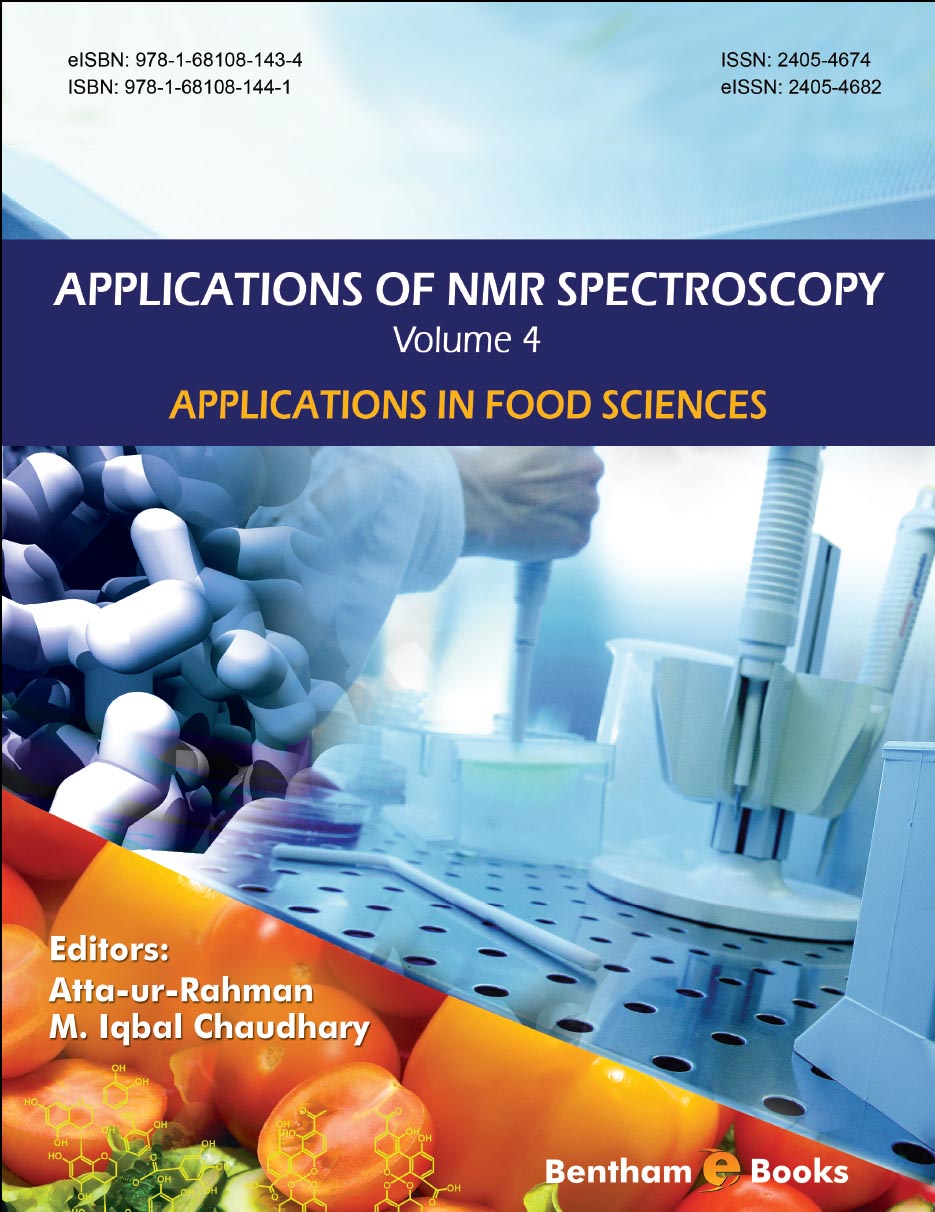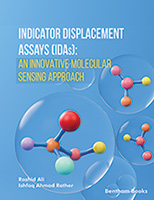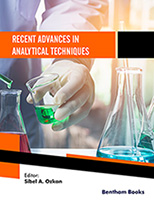Introduction
Applications of NMR Spectroscopy
is a book series devoted to publishing the latest advances in the applications of nuclear magnetic resonance (NMR) spectroscopy in various fields of organic chemistry, biochemistry, health and agriculture.
The fourth volume of the series features several reviews focusing on NMR spectroscopic techniques in food sciences. Readers will find references on methods used to test food quality, food color analysis, the role of Tannins in wine taste as well as NMR studies on lipid oxidation and large protein complexes.





